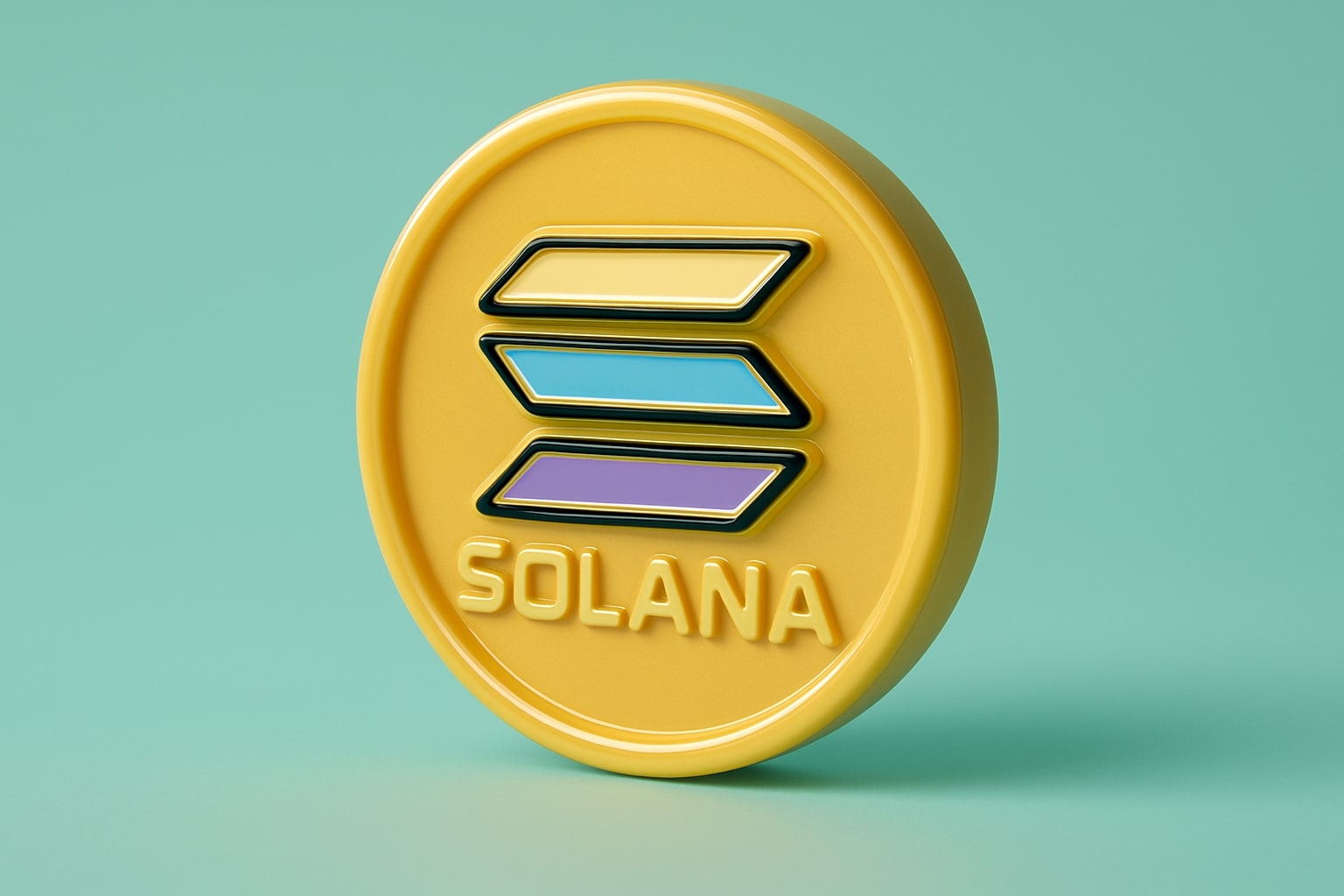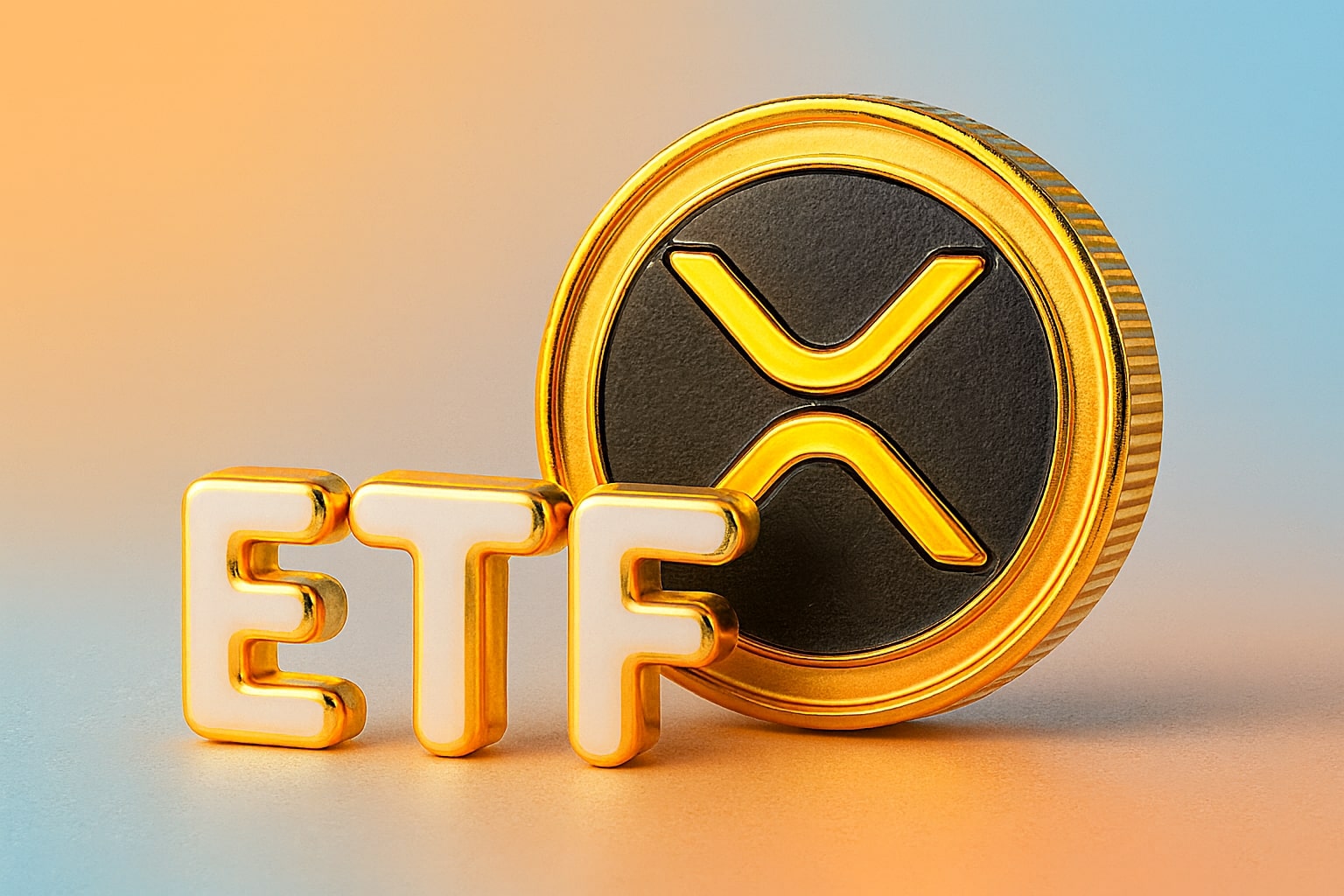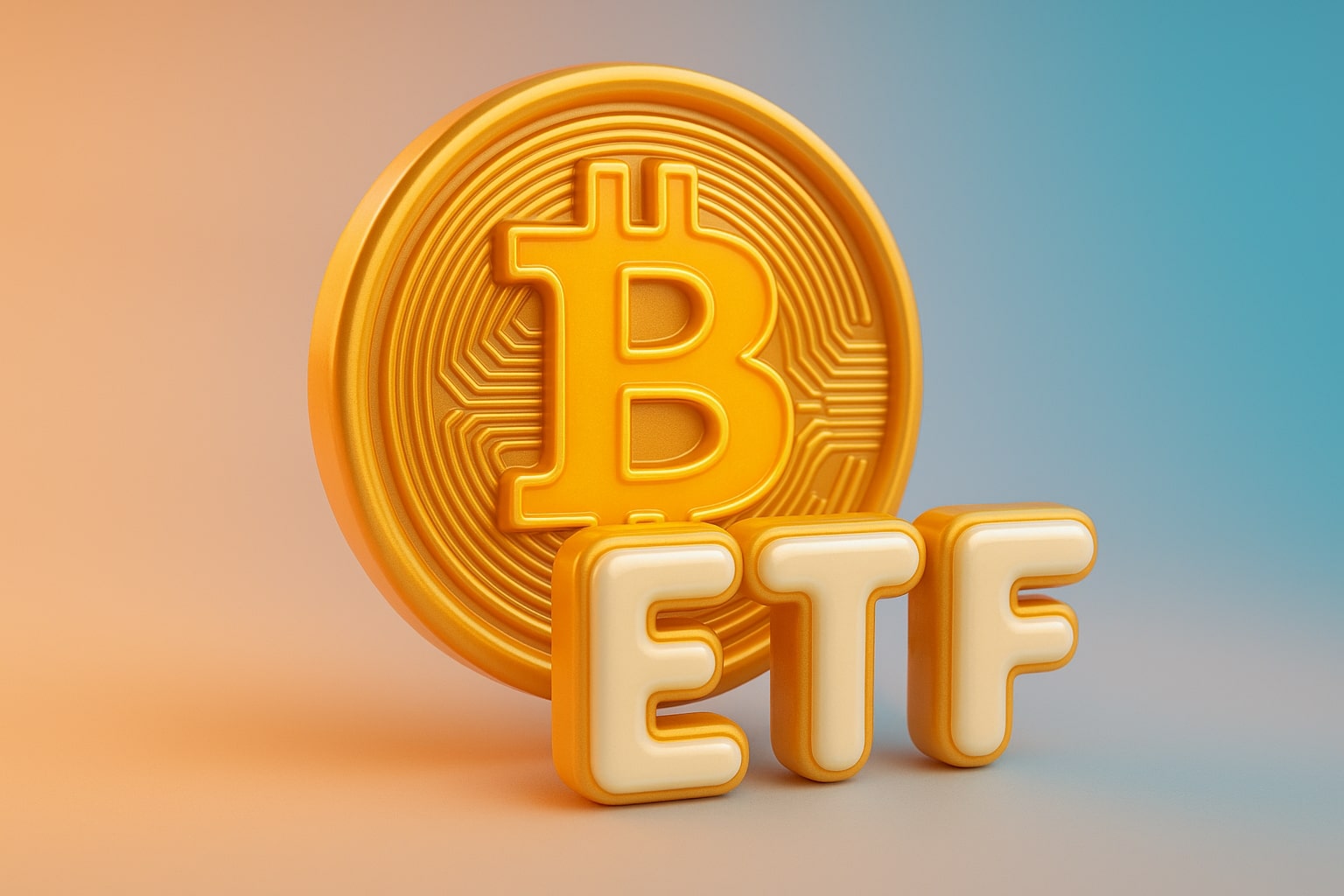Historic Seasonality: November Remains Solana’s Strongest Month on Record
November has historically delivered the highest median returns for Solana holders, with data showing an average gain of 13.9% and a median of 27.5% over the past four years. These seasonal inflows coincide with broader crypto liquidity cycles, which often peak during Q4 as institutions rebalance portfolios and traders anticipate new-year rallies.
Combined with ETF inflows and declining long-term holder selling, SOL’s seasonality reinforces bullish conviction. Market data from Glassnode indicates that long-term holders — those holding SOL for over 12 months — have sharply reduced selling pressure since early October, shifting toward accumulation. The easing of red bars in the HODLer Net Position Change chart confirms this behavioral shift.
If accumulation persists through the first half of November, SOL-USD could rally beyond $213, triggering a wave of algorithmic buy orders and retail momentum entries toward $232–$250 before year-end.
On-Chain Data and Network Dynamics: Liquidity Expands, Retail Thins, Institutions Dominate
While institutional participation surges, retail engagement has fallen. Daily Active Users (DAUs) declined from 6.9 million in January to 2.9 million in October, signaling reduced retail-driven volatility. However, this slack is being offset by record growth in stablecoin liquidity on Solana, which surged over 200% year-to-date to $16.25 billion.
This expanding liquidity base strengthens DeFi depth across Solana’s ecosystem, fueling protocols like Marinade, Jito, and MarginFi, which now account for a combined TVL exceeding $3.2 billion. The sharp increase in stablecoin velocity suggests capital is rotating within Solana-native DeFi, anchoring network demand despite muted retail activity.
The composition of market participants has changed: institutional desks, ETF structures, and DeFi protocols now drive over 70% of Solana’s daily volume, compared to less than 40% a year ago. This evolution toward professionalized trading and staking has enhanced Solana’s resilience during market volatility.
Technical Levels and Risk Parameters: What Defines the Next Move
Key support for SOL-USD stands at $193, the 7-day SMA that has repeatedly caught intraday dips. A failure to defend this level could expose $180–$175, which coincides with the 200-day EMA and prior liquidity sweep zones. Beneath that, the $130 region remains a deeper technical floor, aligning with the pre-summer consolidation band.
On the upside, the first resistance cluster sits between $200 and $205, followed by a decisive breakout zone at $213, where multiple technical projections converge. A sustained move above this level opens the door to $232, the 1.618 Fibonacci extension, and further toward $250, a psychological resistance tied to prior cycle highs.
Traders are closely monitoring funding rates, ETF creations, and CPI data. A soft inflation print and a dovish Federal Reserve tone could lift risk assets broadly, supporting a decisive breakout for SOL. Conversely, a hotter CPI or hawkish policy could delay the move, pulling the token back toward $193 before renewed accumulation emerges.
Fundamental Crosscurrents: ETF Mechanics, DeFi Growth, and Western Union Utility
The confluence of ETF adoption, real-world integration, and DeFi liquidity growth forms the backbone of Solana’s 2025–2026 narrative. Unlike earlier cycles driven by retail speculation, this rally is underpinned by tangible economic use cases: yield-bearing ETFs, enterprise remittance systems, and institutional-grade infrastructure.
As more ETFs like BSOL and GSOL expand exposure to staked SOL, a growing portion of circulating supply will become illiquid, reinforcing upward price pressure. Analysts forecast that over 35% of all SOL in circulation could be locked in ETF or validator contracts by mid-2026, a structural shift that naturally tightens float and magnifies each inflow’s impact on price.
This is happening as Solana’s network throughput and reliability improve — average daily uptime remains above 99.9%, a stark contrast to 2022’s congestion episodes. With technical upgrades like Firedancer expected in 2026, throughput could surpass 1 million TPS, ensuring the blockchain remains capable of supporting both institutional settlement and mass-scale consumer payments.
Verdict: STRONG BUY — Bullish Momentum Sustained Above $193 Support
Based on the combined data — institutional flows, ETF growth, stablecoin liquidity, and upcoming Western Union deployment — Solana (SOL-USD) remains positioned for a major upside continuation.
The base structure between $180 and $200 represents institutional accumulation, while technical signals confirm compression ahead of a likely breakout. As long as SOL-USD maintains a daily close above $193, the medium-term trajectory remains bullish, targeting $232–$250 in the coming weeks.
Verdict: STRONG BUY — momentum and macro catalysts align for a renewed rally. A confirmed breakout above $213 could extend the move toward $250, with downside risk contained above $175. Institutions are setting the tone, and Solana’s evolution from speculative altcoin to institutional infrastructure is now unmistakable.


















